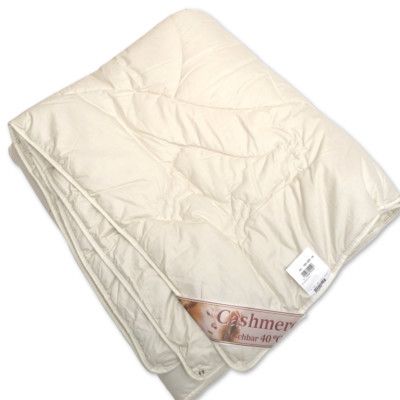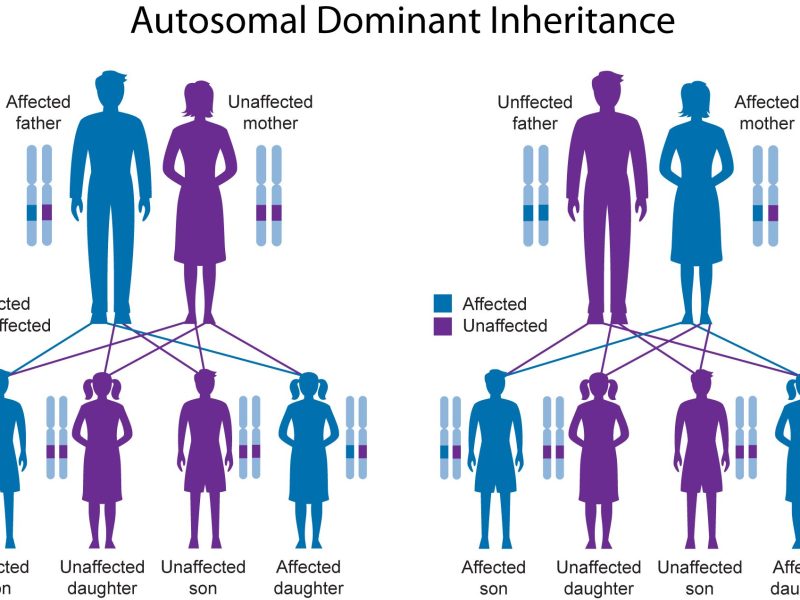Balanced sleep: Why natural hair quilts create such a healthy sleeping environment
What serves as fur for contented animals can be used for humans (z.B. as natural hair blankets) can only be useful. Our ancestors in the Stone Age already knew that. These dressed for example in the skins of their hunting prey.
Today we are more fashionable, yet we continue to use natural hair and wool to make our clothes.
Even when we sleep, the hair of well-warmed animals benefits our health: natural hair blankets allow us to sleep in a relaxed way, because they create the ideal environment for our nightly rest.
The natural hair blanket is warm, but at the same time breathable and therefore just as suitable for people with frostbite as for people who sweat quickly.
Natural hair blankets are available in a large selection for every season and in many sizes z.B. at Silkland.de.
Natural hair refers to substances that come from the fur of animals. Wool refers in the narrower sense to sheep and includes, for example, sheep’s wool, new wool or merino wool.
Other textiles of animal origin are grouped under the term precious hair. These include, for example, cashmere goat, camel, alpaca or yak. Wool and precious hair have similar properties and advantages as efficient natural materials.
Advantages of natural hair at a glance:
- regulates temperature and humidity,
- breathable,
- Dirt-repellent and self-cleaning,
- biodegradable,
- Antistatic.
Functional all-rounder: blankets made of natural hair are versatile and adaptable
In the environment of animals living outdoors, adverse and changing weather conditions prevail, so that the dress of the inhabitants of very different landscapes is optimally adapted to these conditions.
Animal hair has functional properties that can compete with any high-tech fiber. Also for our human body natural hair blankets provide balanced conditions in bed.
The natural hair quilt reacts to changing environmental conditions and needs by itself, for example, when it gets cooler in the room and we freeze or when we have an exciting dream and sweat.
Due to its regular liquid transport, the natural hair blanket keeps the climate of our sleeping place constant. Even in high humidity, the natural hair comforter feels warm and dry and lets us sleep peacefully.
Natural hair insulates against cold and at the same time allows a refreshing exchange of air, which prevents the development of microorganisms. House dust mites feel particularly comfortable in a humid environment.
Natural hair blankets keep away the pesky little animals that we don’t want in our bed due to their moisture-balancing function, thus creating optimal conditions for a healthy sleep.
Good feeling and good conscience: ecological advantages of natural hair
Wool and precious hair are naturally dirt-repellent and can clean themselves to some extent. The natural hair blanket is usually fresh again after airing and does not have to be constantly in the washing machine, which gives it a positive ecological balance in addition to a practical advantage in everyday life.
Health-conscious and ecologically interested people will also be pleased with the test seals of many manufacturers who have their quilts tested for harmful substances.
Wool is a sustainable raw material, biodegradable and constantly growing back. So, not only for our own health, but also for the condition of the planet, a comforter made of natural hair is a responsible choice.
The classic: comforter made of virgin wool
There are many animals with a warm coat, and especially the soft undercoat of some species has proven beneficial to humans.
The classic in Central European latitudes is virgin wool, which comes from quite ordinary sheep, as we can observe them on mountain slopes and on North German dikes.
In contrast to sheep’s wool, pure new wool is subject to stricter criteria and comes exclusively from live sheep. A virgin wool blanket is inexpensive and easy to care for compared to other pet hair blankets.
All-rounder from the desert: the camel hair blanket
The camel hair blanket is suitable for any season and a variety of weather conditions. The desert animal has adapted very well to strong temperature fluctuations, because in its habitat it gets extremely hot during the day under the scorching sun, while the nights are cold.
The camel hair comforter insulates against both cold and heat and adjusts to body temperature. The fluffy underhair of camels is used for the production of comforters, which is why the camel hair comforter is pleasantly light even with a high heat effect and allows a carefree sleep.
Proverbially soft and light: bedspread made of cashmere
Cashmere is a precious hair rich in tradition and comes from the goat of the same name, which is originally at home in the Asian mountain regions of the Himalayas.
The climatic conditions there have affected the hair of the cashmere goat, which protects against wind and weather.
Due to its fine structure cashmere is incomparably soft and cuddly. The cashmere blanket gently adapts to the contours of the body and lies like a delicate touch on the skin.
Alternatives to cashmere blanket: alpaca, argali and yak as a trend
Alpacas have also become popular because of their cute appearance. Similar to llamas, South American camels have become a trend animal and symbol of good humor. Also the bed cover from alpaca lets joy arise, because the fluffy hair of the animal is similarly soft like cashmere. The same applies to the coat of the Argali sheep.
The Asian giant sheep are significantly larger than the farm animals known to us Central Europeans. Argali and alpaca keep warm thanks to their crimped structure and are therefore especially for people with a high need for warmth a real blessing.
For those sensitive to cold, the soft undercoat of the yak is also recommended as a blanket filling. Yak is warm and can absorb large amounts of moisture, which creates a harmonious sleeping environment.


